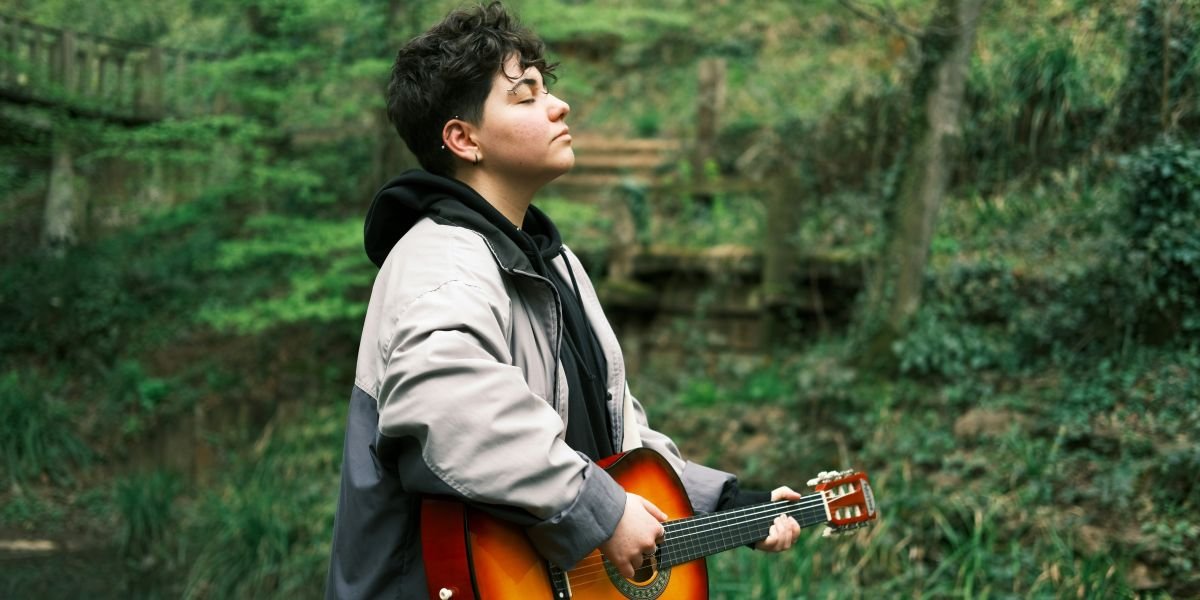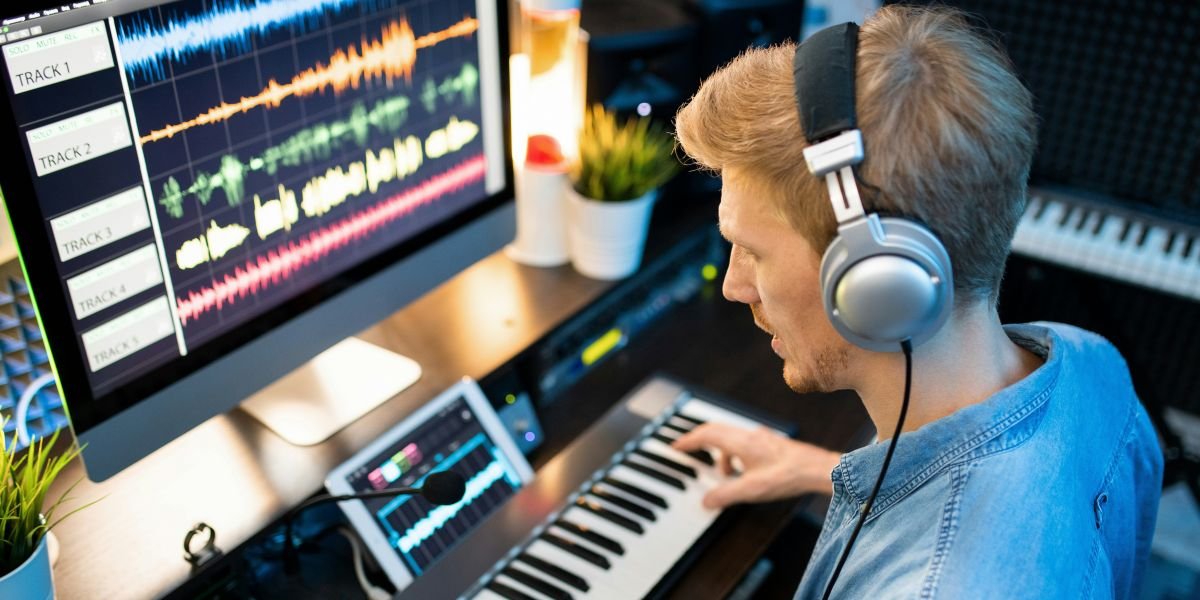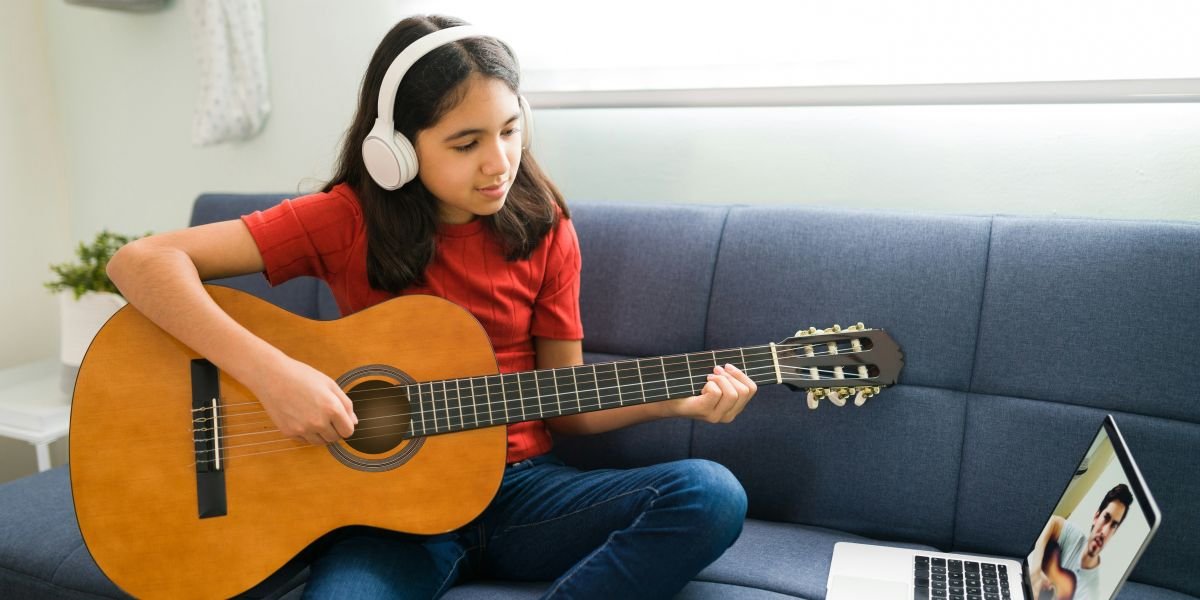Technology has always played a significant role in music production and consumption, but in recent years, it’s been advancing at an incredible pace. New developments like virtual reality concerts and spatial audio are transforming how we experience music, both as creators and as fans. These innovations are not only changing how music is made but also how it’s enjoyed, creating more immersive experiences for listeners. Let’s explore how these technologies are influencing the music world and what it means for artists and audiences alike.
How Is Virtual Reality Changing Music Experiences?
Virtual reality (VR) is no longer limited to gaming or films; it’s making its way into the music industry in a big way. For many, attending a live concert is a special experience, but it’s not always accessible due to location, cost, or other barriers. That’s where VR concerts come in. With the help of VR headsets, music fans can now attend virtual performances from the comfort of their own homes, experiencing live shows as if they were standing front row.
One of the major appeals of VR concerts is the immersive experience. Instead of simply watching a show on a screen, VR users are fully surrounded by the performance. Imagine being able to look around and feel like you’re actually at a concert venue, with the ability to see the band up close and even interact with other fans. This type of experience gives music lovers a new way to engage with their favorite artists, offering something far more interactive than traditional streaming.
For artists, VR opens up a whole new platform for creative expression. Musicians can design their virtual stage, incorporating visual elements that wouldn’t be possible in the physical world. They can perform in surreal landscapes or manipulate their environment to match the mood of the music. This adds a new dimension to live performance, blending music with digital art and allowing artists to create truly unique concert experiences.
Several major artists have already embraced this technology. For example, Travis Scott’s virtual concert in the video game Fortnite drew millions of viewers worldwide, showcasing the potential of blending music with VR and gaming. As VR technology continues to improve, we can expect even more musicians to explore this innovative space, offering fans new ways to experience live performances like never before.
What is Spatial Audio and How Is It Enhancing Music Listening?
While virtual reality concerts are transforming live music, another technology is reshaping the way we listen to recorded music: spatial audio. Unlike traditional stereo sound, which comes from two speakers or headphones, spatial audio creates a more three-dimensional listening experience. With spatial audio, listeners can hear sounds coming from different directions, making the music feel more immersive and lifelike.
Apple Music and Dolby Atmos are two of the key players pushing spatial audio to the forefront. This technology makes it feel like you’re right in the middle of the recording studio, hearing instruments and vocals from every angle. For example, the drums might sound like they’re behind you, while the vocals come from right in front. It adds depth and richness to the music, allowing listeners to experience songs in a completely new way.
For artists, spatial audio presents an opportunity to be more creative with their music production. Producers can place instruments and sounds in different “spaces” within the audio mix, allowing them to craft a sonic landscape that feels more dynamic. This adds an entirely new layer to music production, especially in genres like electronic or orchestral music, where the placement of sounds can greatly impact the listener’s experience.
Beyond music, spatial audio is also being used in podcasts, films, and even virtual reality environments, further blurring the lines between different forms of media. As more streaming platforms adopt spatial audio, it’s likely to become a standard for music listening in the future, offering fans a more engaging and immersive way to enjoy their favorite tracks.
How Are Musicians Adapting to New Music Technology?
As technology continues to evolve, musicians are finding new ways to adapt and innovate. The rise of AI tools in music production is one of the biggest shifts happening right now. Artists and producers are increasingly using artificial intelligence to assist with tasks like composing melodies, generating beats, and even mastering tracks. AI can analyze patterns in music and suggest new directions for a song, helping artists push creative boundaries in ways they might not have thought of on their own.
AI-generated music has also sparked debates about creativity and the role of technology in the artistic process. While some see it as a valuable tool that complements human creativity, others worry that it could lead to a loss of authenticity in music. However, many artists are using AI to enhance, rather than replace, their creative process. For example, AI might generate a set of possible chord progressions, but the artist ultimately decides which one best fits their vision for the song.
Another way musicians are adapting is by using new tools to reach their audiences more directly. Live streaming performances on platforms like YouTube or Twitch has become a common way for artists to connect with fans. During these streams, fans can interact with the artist in real-time, creating a more personal and engaging experience than a traditional concert. Some artists are also using NFTs (non-fungible tokens) to sell exclusive digital content, like albums or artwork, directly to their fans, offering them unique collectibles that can’t be found anywhere else.
These advancements in music technology are also reshaping how music is consumed. As listeners become more accustomed to interactive and immersive experiences, artists are experimenting with ways to keep their audiences engaged. Whether it’s through VR performances, spatial audio albums, or AI-generated tracks, the possibilities are endless for musicians looking to push the boundaries of their craft.
The music industry is undergoing a major transformation, thanks to rapid advancements in technology. From virtual reality concerts that bring live performances to your living room to spatial audio that enhances how we listen to music, these innovations are changing the way we create and consume music. For both artists and fans, this is an exciting time filled with endless possibilities. As technology continues to evolve, the lines between music, art, and digital experiences will only become more blurred, offering new ways to experience the power of sound.







